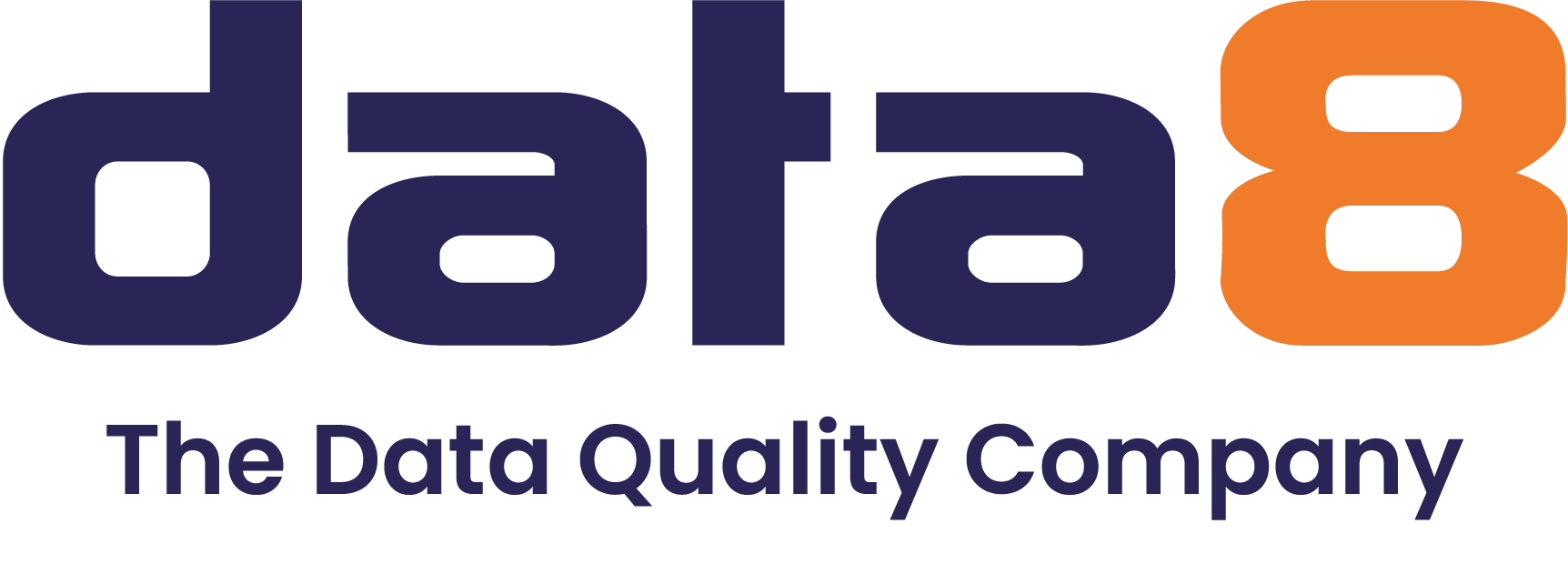
Three Steps for Easy Data Migration: Simplifying the Process [Updated 2025]
Data migration is a critical process that involves transferring data from one system or storage location to another. Whether you’re moving data to a new software platform, upgrading your infrastructure, or consolidating databases, a smooth and efficient data migration is essential to prevent data loss, minimise downtime, and ensure business continuity.
In this blog, we will discuss three essential steps for data migration to simplify process and ensure a successful transition.
Before diving into our three-step migration process…
it’s crucial to choose the right CRM system. No two CRMs are the same—each offers unique features tailored to different business needs. Selecting the right platform ensures a smooth transition and long-term success.
Popular CRM options include Microsoft Dynamics 365, Salesforce, Donorfy, HubSpot, and Sage 50. Take the time to research and compare these platforms, leveraging free trials where available. Reading user reviews on sites like G2 and Capterra can also provide valuable insights into real-world experiences and help you make an informed decision.
Step 1: Plan and Prepare
The first step in any data migration process is thorough planning and preparation. This step sets the foundation for a smooth transition and helps identify potential challenges or risks. Here are a few key considerations:
- Assess your current data: Start by understanding the structure and complexity of your existing data. Identify the types of data, their formats, and any dependencies or relationships between different datasets. This assessment will help you determine the scope of the migration and plan accordingly.
- Define migration goals and requirements: Clearly define your migration goals and objectives. Determine what data needs to be migrated, the timeline for the migration, and any specific requirements or constraints. Consider factors such as data security, data integrity, and compliance regulations during this stage.
- Develop a data migration strategy: Based on your goals and requirements, develop a comprehensive migration strategy. Decide whether you will perform a direct migration or opt for a phased approach. Consider factors like data mapping, data cleansing, and data validation techniques. Create a detailed project plan with milestones and allocate resources accordingly.
Step 2: Execute and Validate
Once the planning phase is complete, it’s time to execute the migration process. This step involves transferring the data from the source system to the target system while ensuring its integrity and accuracy. Here’s how you can streamline the execution and validation process:
- Data extraction and transformation: Extract data from the source system while ensuring data consistency and integrity. Cleanse and transform the data, ensuring compatibility with the target system’s data structure and format. This step may involve data mapping, data standardisation, and data validation techniques.
- Data migration testing: Before performing the actual migration, conduct thorough testing to ratify the migration process. Create a test environment and migrate a subset of data to identify any potential issues or discrepancies. This testing phase helps identify and resolve any data-related issues before the final migration.
- Perform the migration: Once you have successfully tested the migration process, proceed with the final full migration. Ensure proper communication and coordination with stakeholders to minimise any disruption to business operations. Monitor the migration process closely, track progress, and address any issues that arise promptly.
Step 3: Post-Migration Validation and Cleansing
After completing the data migration, it’s imperative to validate the migrated data and perform necessary cleansing tasks to ensure data accuracy and integrity. Here are three key steps:
- Data validation: Validate the migrated data by comparing it with the source data. Perform data integrity checks, data quality assessments, and reconciliation processes to ensure the accuracy and completeness of the migrated data.
- User acceptance testing: Involve end-users in the validation process by conducting user acceptance testing. Allow users to verify the migrated data and report any discrepancies or issues. This step ensures that the migrated data meets the requirements and expectations of the end-users.
- Data cleansing and optimisation: Once the migration is validated, perform regular data cleansing tasks to remove any redundant or obsolete data. Optimise the data structure, and configurations in the target system to enhance performance and efficiency. Read our blog on what data cleansing is and why it’s important?
Data migration can be a complex and challenging process, but by following these three essential steps – plan and prepare, execute and validate, and post-migration validation and cleansing – you can simplify the process and ensure a successful data migration. Remember to allocate sufficient time for planning, testing, and validation to minimise risks and ensure a smooth transition. By taking a systematic and well-structured approach, you can achieve a seamless data migration that sets the stage for improved data management and business operations.
Here at Data8, we can help you with your data migration process. Speak to our experts to understand more, or take a look at our page here.
